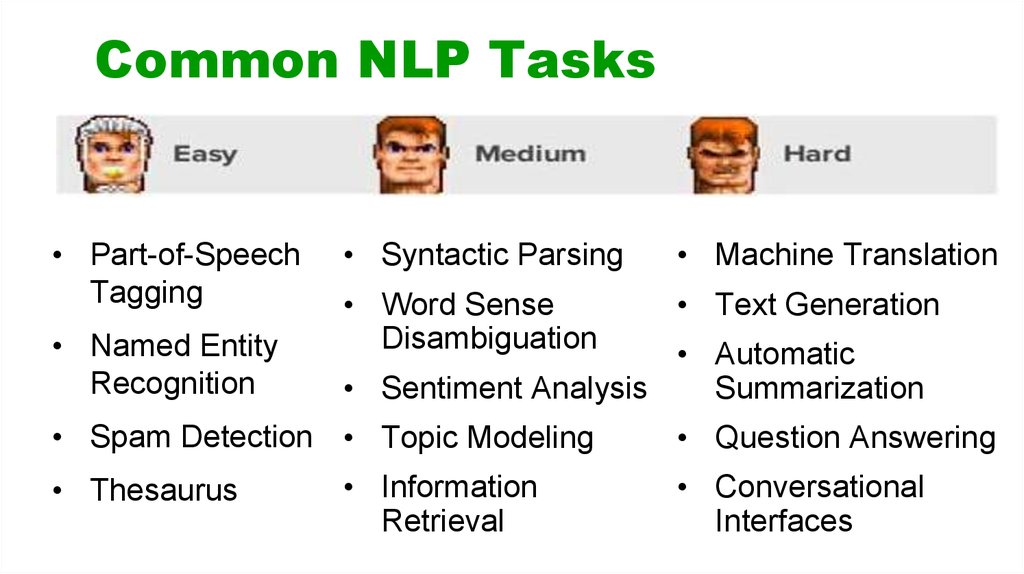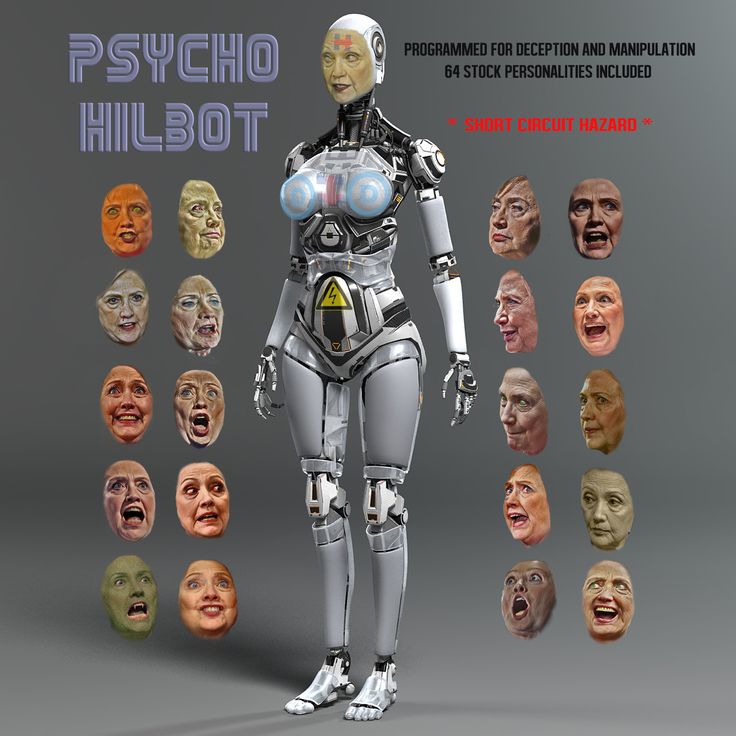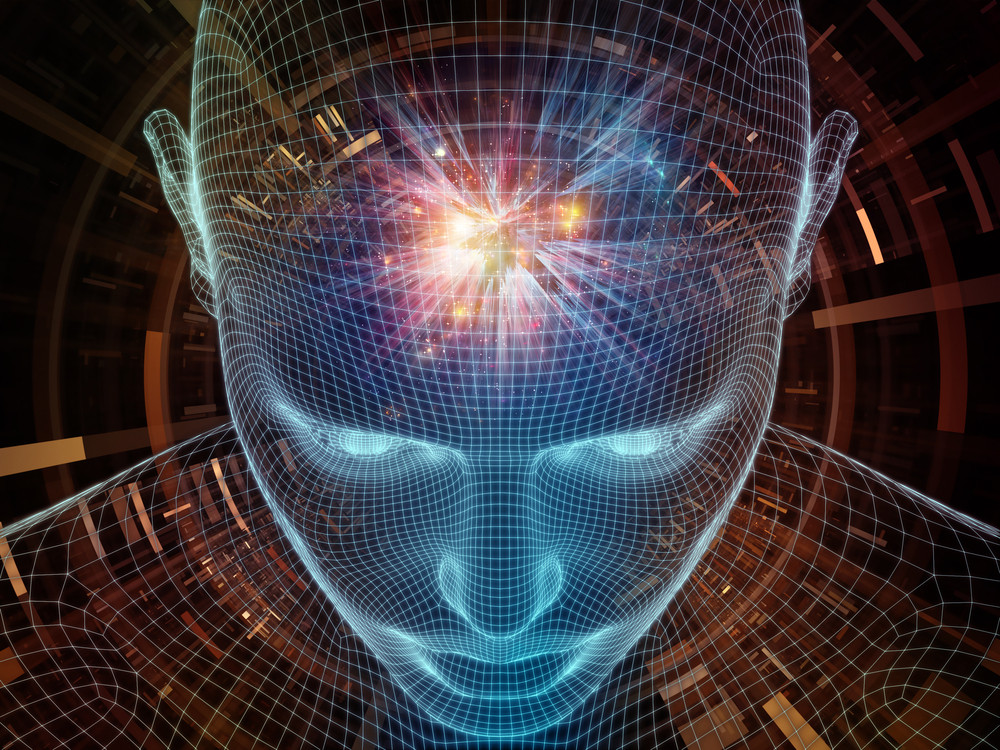
Machine learning and Neural networks are terms you have probably heard. What is the difference in these two types computing? Are deep learning more effective than other types of computing, or vice versa? You're not the only one who thinks so. While neural networks and machine learning are similar in many ways, deep learning is a more sophisticated process. It involves creating a model and training it with structured data. Once you have created a model that can analyze structured data, it is possible to start using it with non-structured data.
Machine learning
Deep learning is closely related to machine learning. They both utilize a process known as training against test data, though some of the methods require significant human input. Machine learning algorithms enable computers to recognize objects anywhere in the world. These algorithms can take a lot of time and require significant human intervention in order to pre-process data. Machine learning and deep learning are often confused. Let's look at their differences and see how they differ.

Machine learning is the process of training a computer to identify patterns in large data sets and improve on them over time. Although most machine learning programs require input of data on a daily basis, there are unsupervised algorithms. Machine learning is software that detects abnormal bank account activity patterns and detects fraud. The way that these algorithms have been trained is the difference between deep and machine learning. The differences between deep learning and machine learning are huge and should not be undervalued.
In addition to machine learning, deep learning also incorporates logical structures to analyze data. Deep learning programs use an artificial neural network based on the structure and function of neurons in the brain. This method of learning results in a system that is more accurate and capable than standard machine learning models. Further, deep learning models can be trained to detect cancer earlier and can save companies money. Deep learning is also beneficial to the healthcare industry.
Neural networks
Neural networks can learn both from inputs or outputs. This process is called 'training'. Training is when the neural network receives random weights and numbers, then attempts to match those inputs. There are two main types: unsupervised or supervised training. Supervised training is when the trainer provides feedback or grades to the neural network. A neural network can receive more training examples than unsupervised learning algorithms during training.
Training an artificial neural network is intended to increase its performance and minimize its loss. Signal processing can use a variety networks. One example of a signal processing task is dictionary learning, which requires a neural network. This uses neural networks to improve signal quality and extract desired features. Deep learning is used often to perform features classification and dictionary learning tasks. Deep learning is better at challenging tasks such as audio and image processing.

While there are many applications of neural networks, three are the most common. Understanding how neural networks work can provide insight into this technology. They can predict the future by analyzing people's behavior. A neural network can be used to identify authorized individuals and predict stock market movements. This technology is so powerful that it's being used to improve every aspect of human life. So what are the benefits of deep learning? Deep learning is an important aspect of modern technology you might not have heard about.
FAQ
What is the role of AI?
An algorithm is a set or instructions that tells the computer how to solve a particular problem. An algorithm is a set of steps. Each step has an execution date. A computer executes each instruction sequentially until all conditions are met. This continues until the final results are achieved.
For example, let's say you want to find the square root of 5. If you wanted to find the square root of 5, you could write down every number from 1 through 10. Then calculate the square root and take the average. It's not practical. Instead, write the following formula.
sqrt(x) x^0.5
This means that you need to square your input, divide it with 2, and multiply it by 0.5.
A computer follows this same principle. The computer takes your input and squares it. Next, it multiplies it by 2, multiplies it by 0.5, adds 1, subtracts 1 and finally outputs the answer.
Where did AI originate?
The idea of artificial intelligence was first proposed by Alan Turing in 1950. He said that if a machine could fool a person into thinking they were talking to another human, it would be considered intelligent.
John McCarthy took the idea up and wrote an essay entitled "Can Machines think?" in 1956. In it, he described the problems faced by AI researchers and outlined some possible solutions.
How does AI function?
An artificial neural network is composed of simple processors known as neurons. Each neuron receives inputs and then processes them using mathematical operations.
Neurons are arranged in layers. Each layer has its own function. The first layer receives raw information like images and sounds. These data are passed to the next layer. The next layer then processes them further. Finally, the last layer produces an output.
Each neuron also has a weighting number. This value is multiplied when new input arrives and added to all other values. If the result exceeds zero, the neuron will activate. It sends a signal down to the next neuron, telling it what to do.
This continues until the network's end, when the final results are achieved.
Is Alexa an Artificial Intelligence?
Yes. But not quite yet.
Amazon has developed Alexa, a cloud-based voice system. It allows users interact with devices by speaking.
The Echo smart speaker first introduced Alexa's technology. However, similar technologies have been used by other companies to create their own version of Alexa.
Some of these include Google Home, Apple's Siri, and Microsoft's Cortana.
What are the possibilities for AI?
AI has two main uses:
* Prediction-AI systems can forecast future events. AI can be used to help self-driving cars identify red traffic lights and slow down when they reach them.
* Decision making - AI systems can make decisions for us. So, for example, your phone can identify faces and suggest friends calls.
What does AI mean today?
Artificial intelligence (AI), also known as machine learning and natural language processing, is a umbrella term that encompasses autonomous agents, neural network, expert systems, machine learning, and other related technologies. It's also known by the term smart machines.
Alan Turing, in 1950, wrote the first computer programming programs. He was intrigued by whether computers could actually think. In his paper "Computing Machinery and Intelligence," he proposed a test for artificial intelligence. The test asks whether a computer program is capable of having a conversation between a human and a computer.
John McCarthy, in 1956, introduced artificial intelligence. In his article "Artificial Intelligence", he coined the expression "artificial Intelligence".
Today we have many different types of AI-based technologies. Some are simple and easy to use, while others are much harder to implement. They can range from voice recognition software to self driving cars.
There are two major types of AI: statistical and rule-based. Rule-based uses logic for making decisions. For example, a bank account balance would be calculated using rules like If there is $10 or more, withdraw $5; otherwise, deposit $1. Statistical uses statistics to make decisions. For instance, a weather forecast might look at historical data to predict what will happen next.
Statistics
- By using BrainBox AI, commercial buildings can reduce total energy costs by 25% and improves occupant comfort by 60%. (analyticsinsight.net)
- The company's AI team trained an image recognition model to 85 percent accuracy using billions of public Instagram photos tagged with hashtags. (builtin.com)
- A 2021 Pew Research survey revealed that 37 percent of respondents who are more concerned than excited about AI had concerns including job loss, privacy, and AI's potential to “surpass human skills.” (builtin.com)
- While all of it is still what seems like a far way off, the future of this technology presents a Catch-22, able to solve the world's problems and likely to power all the A.I. systems on earth, but also incredibly dangerous in the wrong hands. (forbes.com)
- That's as many of us that have been in that AI space would say, it's about 70 or 80 percent of the work. (finra.org)
External Links
How To
How do I start using AI?
A way to make artificial intelligence work is to create an algorithm that learns through its mistakes. You can then use this learning to improve on future decisions.
If you want to add a feature where it suggests words that will complete a sentence, this could be done, for instance, when you write a text message. It would analyze your past messages to suggest similar phrases that you could choose from.
You'd have to train the system first, though, to make sure it knows what you mean when you ask it to write something.
Chatbots can also be created for answering your questions. You might ask "What time does my flight depart?" The bot will reply that "the next one leaves around 8 am."
This guide will help you get started with machine-learning.